In the 18th and 19th centuries, the list of 7 wonders of the ancient world was getting outdated, so several writers started creating their lists.
The important thing to note is that this list wasn’t created in the Middle Ages, even though it is referred to as such.
The term “Middle Ages” wasn’t created until the Enlightenment period, with the earliest mentions being around the 16th century.
The list we present below contains more than 7 Wonders of the Medieval World as it’s a collection of several lists of monuments and amazing feats of architecture that were included the most.
Finally, most of the buildings and monuments that were included in these lists were built way before the Middle Ages as well. Let’s take a closer look!
1. The Catacombs of Kom el Shoqafa
The Catacombs of Kom el Shoqafa (which translates to “The Mound of Shards”) is an archeological site located in Alexandria, Egypt, a few miles from the location of the ancient Lighthouse of Alexandria which was destroyed by several earthquakes.
Even though this necropolis dates from the Pharaonic period, both Hellenistic and Roman influences can be found at the site. One of the most famous Roman features is the “Hall Of Caracalla” (even though it’s not considered to be an integral part of the catacombs), tombs apparently for the horses of Roman Emperor Caracalla and which was built in 215 A.D.
One of the most interesting facts about these catacombs, which are over 30 meters (100 ft) high and consist of 3 levels cut through solid rock, is that only 3 sarcophagi have been found, which made archeologists believe it was intended for just 1 family. Nobody knows why the site was expanded afterward.

2. The Hagia Sophia
The Hagia Sophia in Istanbul was a Greek Orthodox Christian patriarchal cathedral from the date of its completion in the year 537 until 1453 when it was converted into an Ottoman mosque. On February 1, 1935, it was yet again converted, this time into a museum.

Today, the Hagia Sophia was turned back into a mosque and is one of the most visited buildings in Istanbul, attracting over 3 million visitors every year.
One of the most interesting facts about the Hagia Sophia is that it was the biggest cathedral in the world for nearly 1,000 years until it was surpassed by the Cathedral of Seville which was completed in 1,520.
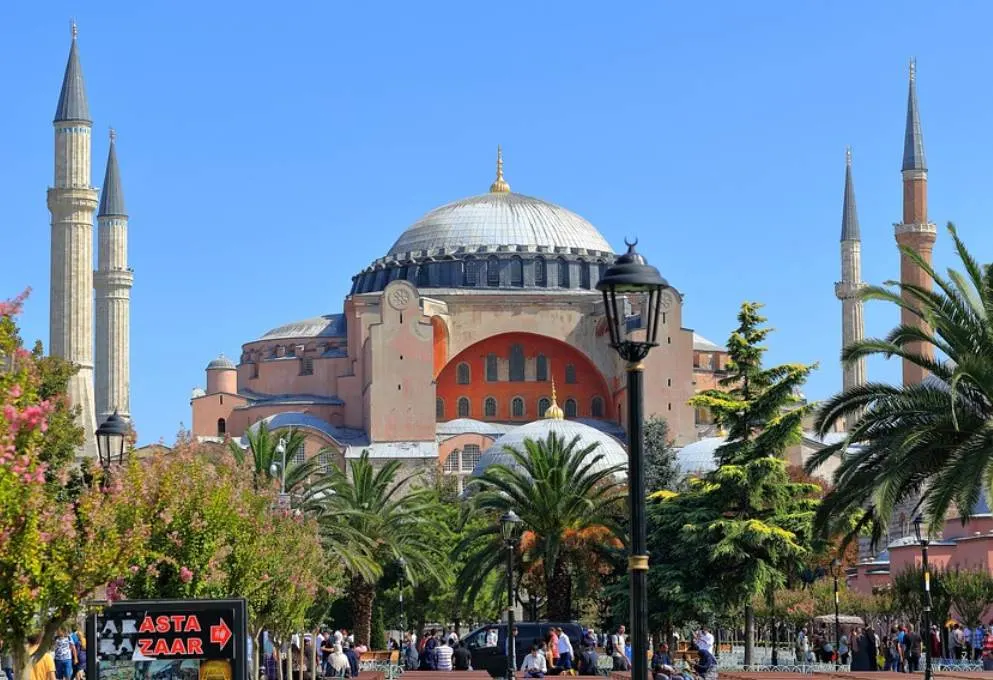
3. The Leaning Tower of Pisa
One of the most peculiar structures in the world, and one which was built in the Middle Ages (between the 12th and 14th centuries to be precise), is the Leaning Tower of Pisa. This fascinating tower is the freestanding bell tower of the Cathedral of the Italian city Pisa.
It’s world-famous for leaning about 4 degrees, and the reason for this is a weak foundation in combination with the soft ground it’s built on. In the early 1990s, the degree the tower leaned had reached 5.5 degrees, so serious renovations were needed. These works brought the tilt back to about 3.97 degrees.
So how high is the Leaning Tower of Pisa?
It has 2 heights! 55.86 meters (183.27 feet) from the ground on the low side and 56.67 meters (185.93 feet) on the high side.
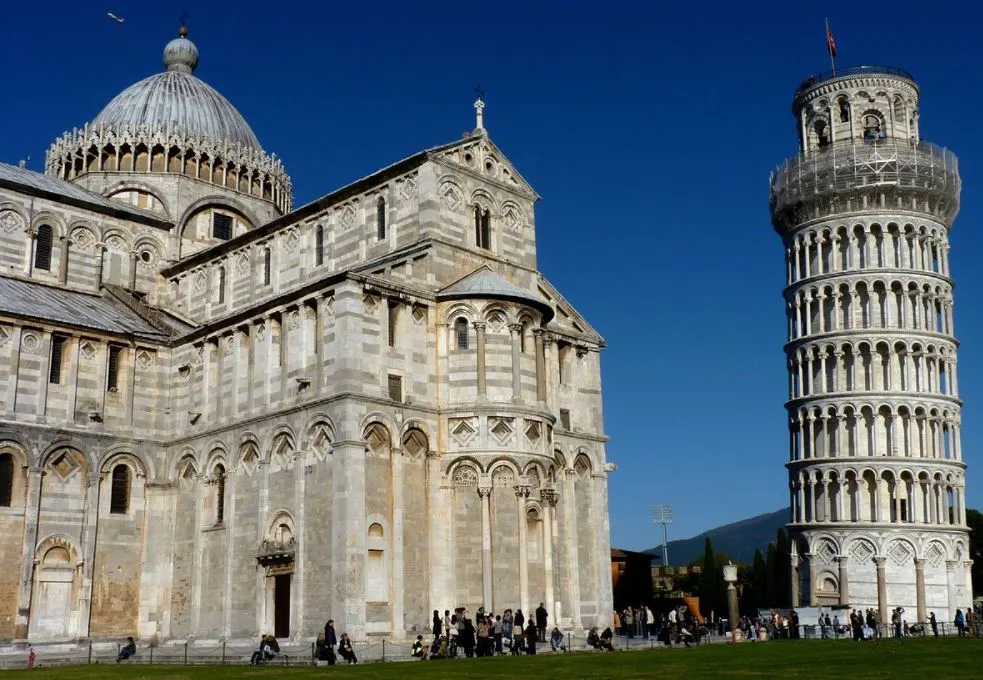
4. The Porcelain Tower of Nanjing
The Porcelain Tower of Nanjing was a tower in the Chinese city of Nanjing which was part of a larger temple complex called the Great Bao’en Temple, also referred to as “The Great Temple of Repaying Kindness.”
As the name explains, The Tower, which was constructed in the early 15th century, was made out of porcelain bricks which reportedly shone very bright in the sunshine. At night, 140 lamps were hung in the tower to create a similar effect.
The Porcelain Tower had a base of about 97 feet (30 m) in diameter and reached a height of 260 feet (79 m). It was eventually destroyed during the Taiping Rebellion, a civil war in China halfway through the 19th century.
Remarkable, a Chinese businessman named Wang Jianlin donated a billion Yuan (around USD 156 million) to have the tower recreated. The replica opened its doors in December 2015.
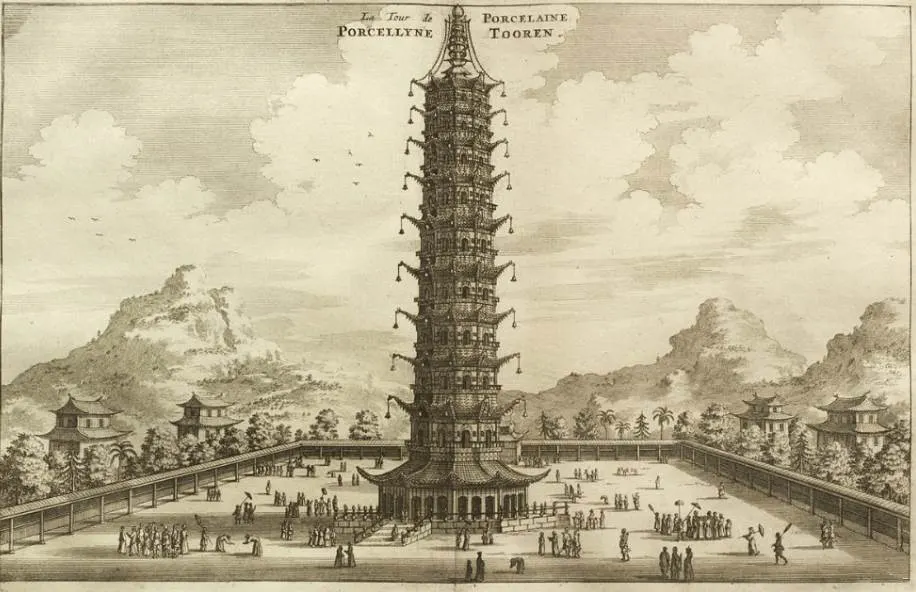
5. Stonehenge
The only prehistoric monument that was included in the medieval wonders list was Stonehenge, a monument consisting of a ring of standing stones.
This prehistoric monument can be found in Wiltshire, about 2 miles (3 km) west of the town of Amesbury in South West England. It is believed to have been built between 3,000 and 2,000 B.C.
This monument is believed to have been constructed as a burial ground for the “prehistoric elite” and is considered a British cultural icon. Additionally, it has been added to the UNESCO list of world heritage sites since 1986.
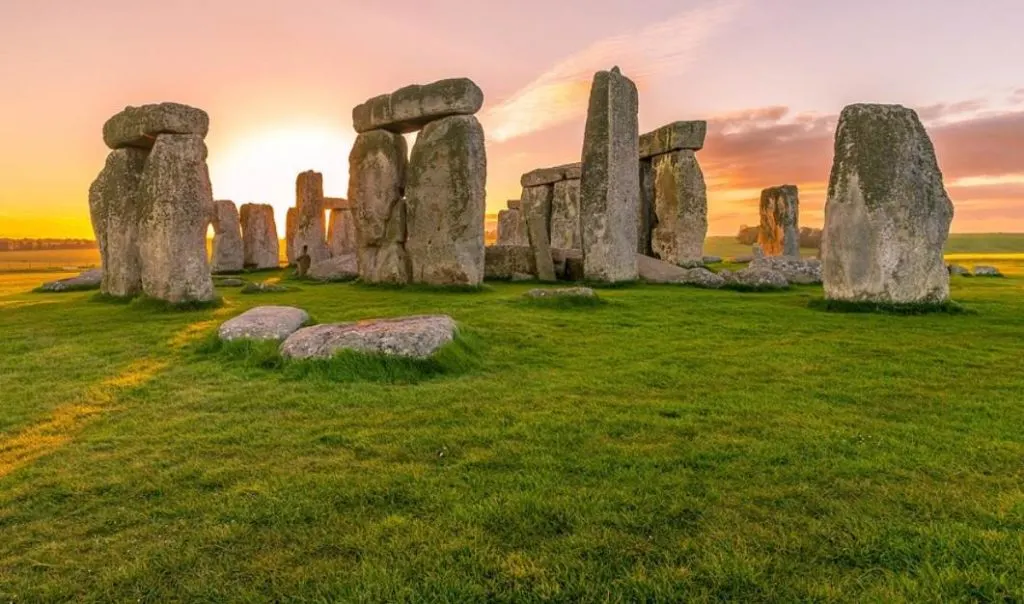
6. Cairo Citadel
The Cairo Citadel is a massive medieval and Islamic fortification in the Egyptian capital Cairo. It was constructed in the early 12th century by the infamous Salah ad-Din (Saladin), the first Sultan of Egypt and Syria.
The citadel, which served as both the residence and seat of government of the rulers of Egypt was constantly expanded, and at the time of its construction, it was one of the most impressive military constructions of its time.
Not much remains from the medieval fortification built by Saladin. Most of these buildings were destroyed in the first half of the 19th century by Muhammad Ali Pasha, who is considered the founder of Modern Egypt, and who built new buildings and palaces on the site.
In 1976, it was proclaimed a world heritage site by UNESCO and the Cairo Citadel opened its doors to the general public in 1983.
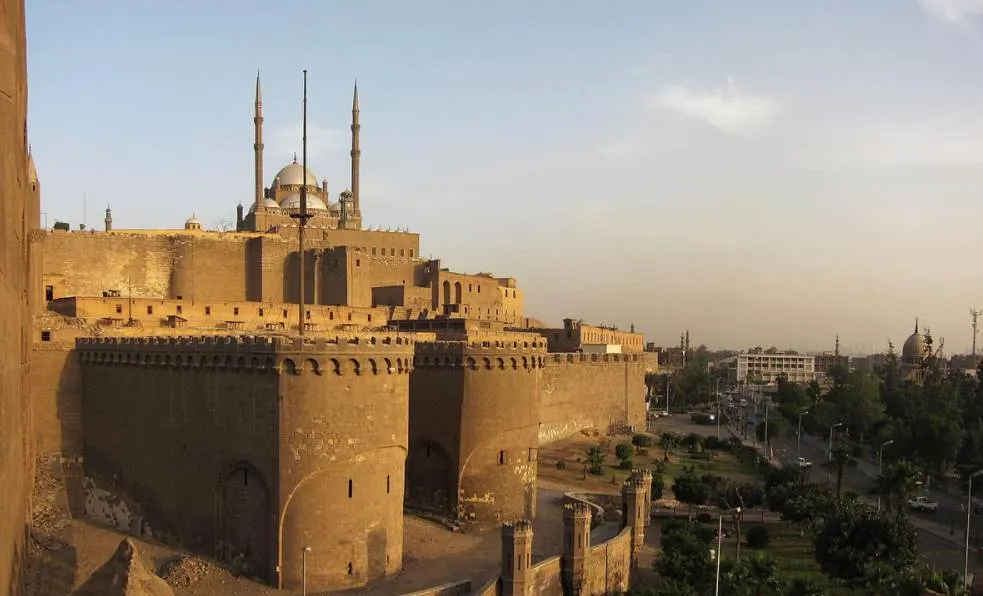
7. Cluny Abbey
Cluny Abbey is a former Benedictine monastery in Cluny, Saône-et-Loire, France. Cluny was founded in the year 910 by William I, the Duke of Aquitaine.
The abbey was constructed in a Roman architectural style, and the basilica was at the time of its construction, and until the St. Peter’s Basilica in Vatican City was constructed, the largest church in the world.
Not much remains of the abbey as it was completed demolished during the French Revolution in 1790.
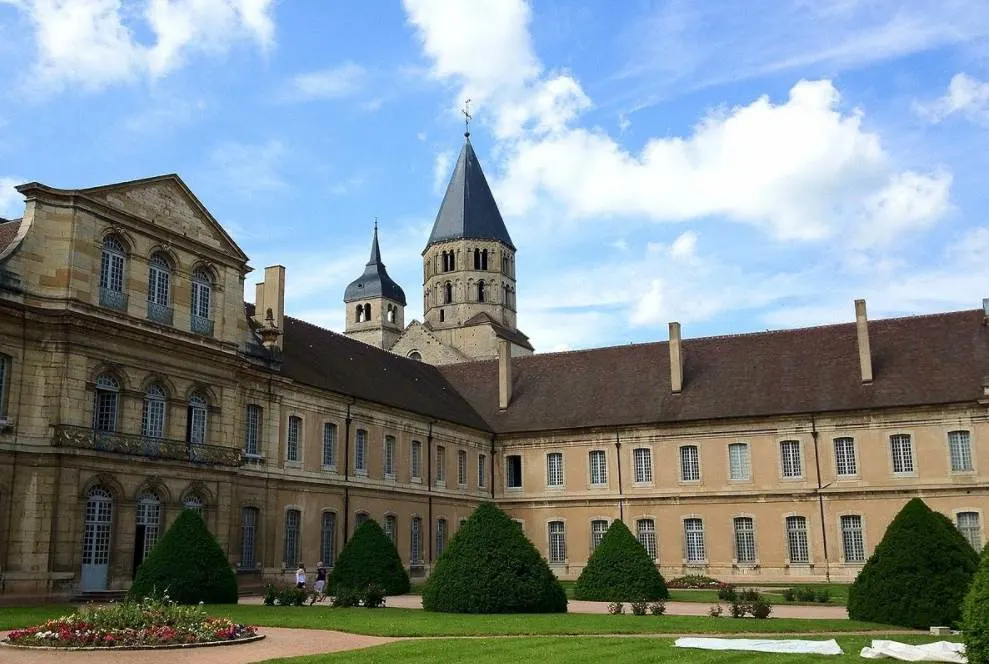
8. Ely Cathedral
Ely Cathedral is an Anglican cathedral in the city of Ely, Cambridgeshire, England. It has its origins in the 7th century in the year 672, but the current building was built in 1083 and received its status as a cathedral in the year 1109.
Ely Cathedral was built in a Romanesque style and parts were rebuilt in a highly decorative Gothic style. It has been praised for both its scale and its amazingly detailed stylistic details.
Apart from being a very popular tourist attraction and receiving over 250,000 visitors every year, there are still daily morning and evening services.

More wonders of the Medieval World
3 more monuments were frequently added as wonders of the Medieval World, but these are also included in the list of 7 wonders of the World Today.
The 3 that were also included were:
- The Great Wall of China – The longest structure ever created.
- The Colosseum in Rome – The infamous Roman amphitheater and gladiatorial arena.
- The Taj Mahal – The most famous mausoleum in the world.

